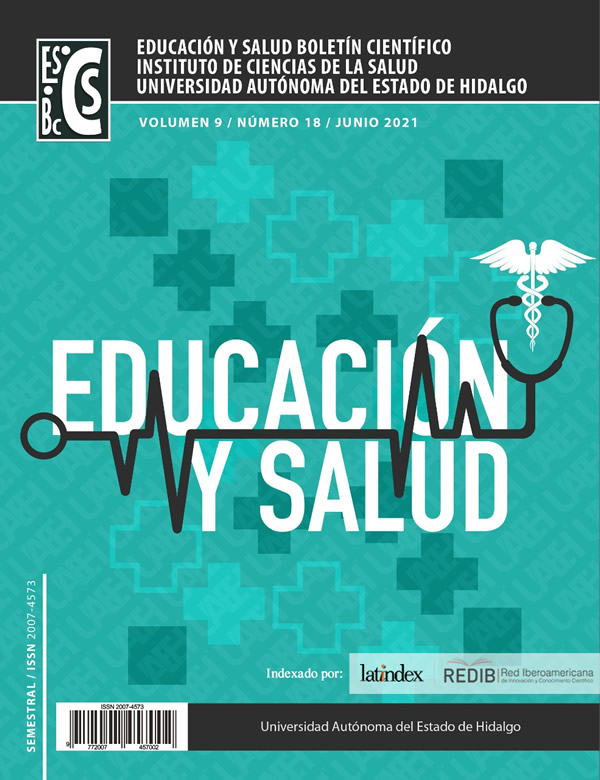What to choose? Cow's milk or vegetable milks?
DOI:
https://doi.org/10.29057/icsa.v9i18.6594Keywords:
Cow's milk, Plant drink, Nutritional informationAbstract
Milk for human consumption comes from cattle, while those considered as vegetable milks called "vegetable drinks" are products that come mainly from oilseeds, cereals, such as oats and rice. The objective of the present work was to establish a comparison of the nutritional composition of vegetable drinks and cow's milk. The caloric, protein, lipid and saturated fatty acid content was higher in cow's milk than in vegetable drinks, while the latter have a better lipid profile due to the content of polyunsaturated fatty acids and only in the soy drink the protein intake was similar to that of cow's milk. Regarding the concentration of vitamins A and D, there was no significant difference between the two. Finally, cow's milk is a fundamental food in the diet due to the quality of its nutritional composition, but vegetable drinks can be an alternative for specific groups of the population; however, some have excess added sugars, so their consumption should be moderate.
Downloads
Publication Facts
Reviewer profiles N/A
Author statements
Indexed in
- Academic society
- N/A
References
Gómez DA, Mejía OB. Composición nutricional de la leche de ganado vacuno. Rev. Lasallista de Inv. 2005;2(1):38-42.
NORMA Oficial Mexicana. NOM-155-SCFI-2012. Leche-Denominaciones, especificaciones fisicoquímicas, información comercial y métodos de prueba. Diario Oficial de la Federación. [Internet]. 15 Marzo 2012. [consultado: 25 Agosto 2020]. Disponible en: http://www.dof.gob.mx/normasOficiales/4692/seeco/seeco.htm.
Fuentes CA. Cambios en el consumo y percepciones en torno a la alimentación saludable de la leche tradicional y bebidas de origen vegetal. RIVAR (Santiago). 2019;6(17):1-14.
Jarasiunas E. Los productos puramente vegetales no pueden comercializarse con denominaciones tales como «leche»,«nata»,«mantequilla»,«queso» o «yogur»: TJ, Séptima, 14 junio 2017. Asunto C-422/16: TofuTown. com. La Ley Unión Europea. 2017(51):12.
García-Saavedra, NM. Bebidas vegetales (Tesis de pregrado). Madrid, España: Universidad complutense; 2017. Disponible en: https://eprints.ucm.es/56464/
Fernández E, Martínez J, Martínez V, Moreno J, Collado L, Hernández M, Morán F. Documento de consenso: importancia nutricional y metabólica de la leche. Nutr Hosp. 2015;31(1):92-101.
Griffiths MW. Improving the Safety and Quality of Milk: Canadá: Woodhead Publishing; 2010.
Farré R. La leche y los productos lácteos: fuentes dietéticas de calcio. Nutr Hosp. 2015; 31(2).
Rodríguez HJ, Rodríguez LA, González AO, Dolores MM. Leche y productos lácteos como vehículos de calcio y vitamina D: papel de las leches enriquecidas. Nutr Hosp. 2019;36(4).
Norma Oficial Mexicana. NOM-051-SCFI/SSA1-2010. Especificaciones generales de etiquetado para alimentos y bebidas no alcohólicas preenvasados-Información comercial y sanitaria. [Internet]. 5 de abril de 2010. [consultado: 12 de Septiembre 2020]. Disponible en: https://www.dof.gob.mx/2020/SEECO/NOM_051.pdf.
Secretaría de Salud. ¿Cuánta fibra dietética se debe consumir? [Internet]. 9 de julio de 2016. [Consultado 12 de Septiembre 2020]. Disponible en: https://www.gob.mx/salud/articulos/cuanta-fibra-dietetica-se-debe-consumir#:~:text=Por%20eso%2C%20el%20comit%C3%A9%20de,de%20fibra%20diet%C3%A9tica%20al%20d%C3%ADa.
Escudero, AE. y González, SP. La fibra dietética. Nutr. Hosp. 2006; 21(2): 61-72.



















